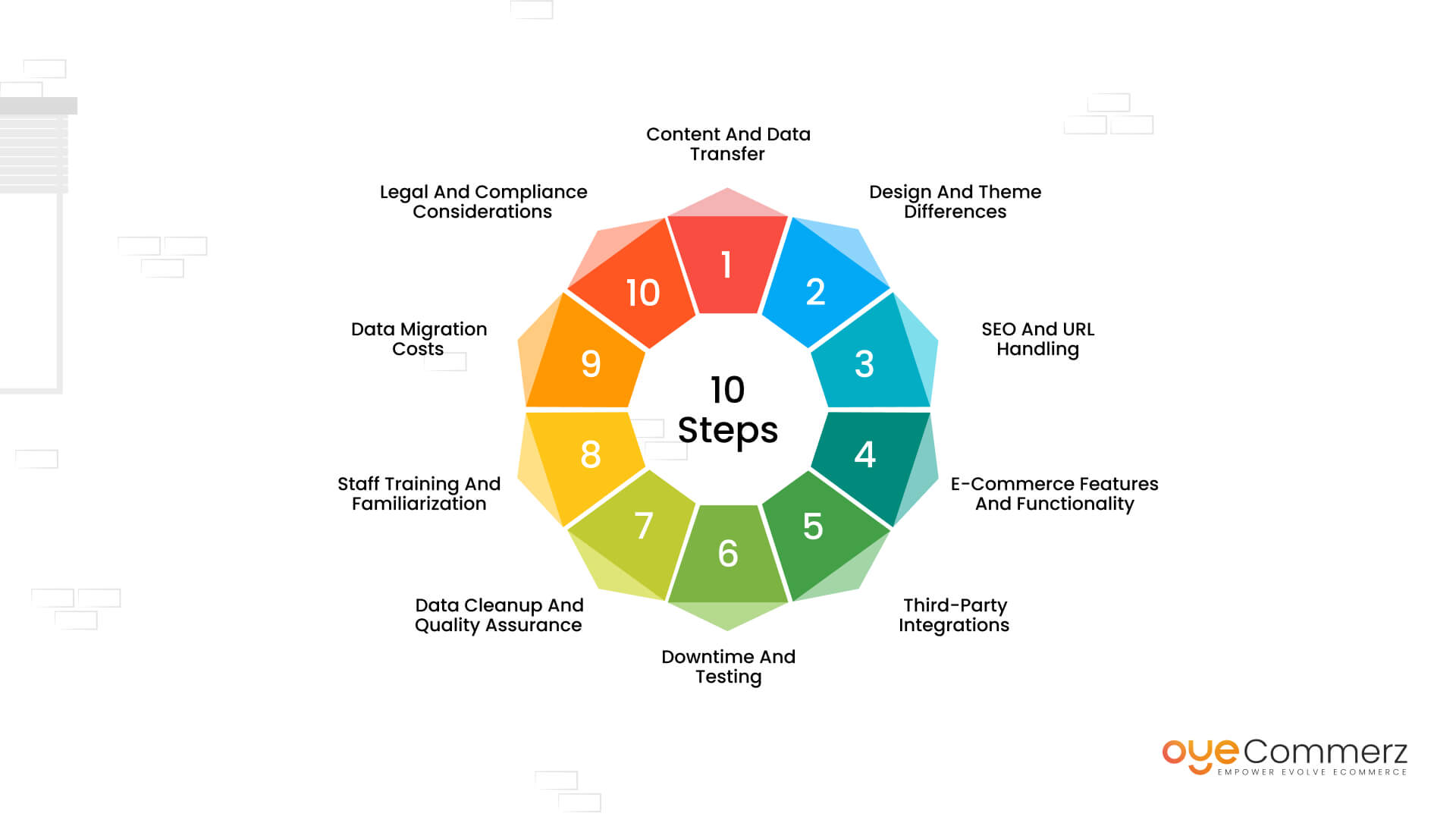Transitioning from WordPress to Shopify is an exciting step in optimizing your e-commerce operations. As businesses grow, choosing a solution that supports growth potential, UX, and flexibility is essential. Shopify is widely recognized as a favorite for online merchants, providing superior adaptability, data protection, and ease of use. In this guide, we’ll explore the transformative impact of this migration, highlight the benefits, and provide actionable steps to ensure a smooth transition.
1. Why Switch from WordPress to Shopify?
WordPress, paired with WooCommerce, continues to support countless e-commerce platforms. However, as companies expand, challenges like plugin dependency, security vulnerabilities, and complex setups often obstruct growth. Shopify, specifically created for e-commerce, addresses these concerns with an comprehensive, user-friendly platform. Real data supports this transition—Shopify powers over 4.4 million stores worldwide, with a reported 10% increase in sales performance for many businesses post-switch.
2. Key Benefits of Shopify for E-commerce Success
Shopify’s robust ecosystem caters for scaling businesses. Its notable features include:
- Effortless Design Flexibility: Shopify offers over 80 professionally designed themes.
- Built-in Features: Capabilities such as Shopify Payments and built-in SEO streamline operations.
- International Expansion: Multi-currency support and localization features enable businesses to expand internationally.
Additionally, Shopify delivers an availability percentage of 99.98%, ensuring your store remains accessible.
3. Preparing for WordPress to Shopify Migration
Prior to starting the migration process, evaluate your existing setup. Analyze product data, client information, and search engine rankings. Resources such as Shopify’s Migration Kit or external tools can simplify this process. Create a comprehensive plan, making sure all assets—product descriptions, images, and blog content—are optimized for transfer.
4. Data Migration: A Critical Step
Transferring your data forms the foundation for a successful platform switch. When moving from WP to Shopify, focus on:
- Product Information: SKU, descriptions, and groupings.
- Client Information: Emails, order history, and preferences.
- Search Engine Considerations: Preserve meta tags, URLs, and redirects to maintain search rankings.
Use apps like LitExtension to facilitate seamless migration while minimizing errors.
5. Customizing Your Shopify Store
After the move, customizing your Shopify store helps it reflects your brand. Utilize Shopify’s drag-and-drop editor to design pages effortlessly. Shopify's templates are mobile-responsive, providing a smooth UX across platforms—a key point, since 74% of e-commerce traffic is generated by mobile users.
6. How to Protect Your SEO Rankings When Switching Platforms
SEO is vital for preserving your visibility during migration. Shopify is highly optimized for search engines with organized link formatting, built-in optimization tools, and smooth content management. Ensure:
- Set up URL forwarding for old URLs.
- Optimize new pages with targeted phrases.
- Leverage plugins like Plug in SEO to monitor performance post-migration.
7. Migrating online stores to Shopify Post-Migration Testing
After finishing the transfer, conduct thorough testing.
Check: - Page load times (Shopify boasts faster speeds in contrast with WP).
- Payment integration reliability and checkout processes.
- Mobile responsiveness.
Testing ensures your store delivers a smooth shopping journey from day one.
8. Real-Life Success Story
One such migration success story is Gymshark, a fitness apparel brand that transitioned to Shopify. Post-migration, the company saw a 60% boost in mobile sales and reduced site downtime. This showcases the potential of Shopify in enhancing online business success.
9. Challenges and Solutions
Migration comes with challenges, such as information accuracy and adjusting tailored features. However, Shopify’s extensive assistance and external professionals make overcoming these hurdles manageable. Partnering with qualified Shopify developers helps guarantee a smooth transition.
10. Making the Switch: The First Step Toward Success
Switching from WP to Shopify represents a forward-thinking decision to online retail. By addressing scalability, streamlining operations, and improving buyer satisfaction, Shopify empowers businesses to thrive in challenging industries.
Conclusion
Switching from WP to Shopify offers a smart solution that can significantly boost your online business performance. With a robust migration plan, the right tools, Seamless Shopify migration and professional guidance, you can unlock new success milestones.
Excited to start the journey? Reach out today to learn how our Shopify migration services can transform your online store. Contact us now, or ask yourself: Can your business afford to miss out on Shopify’s growth potential?
